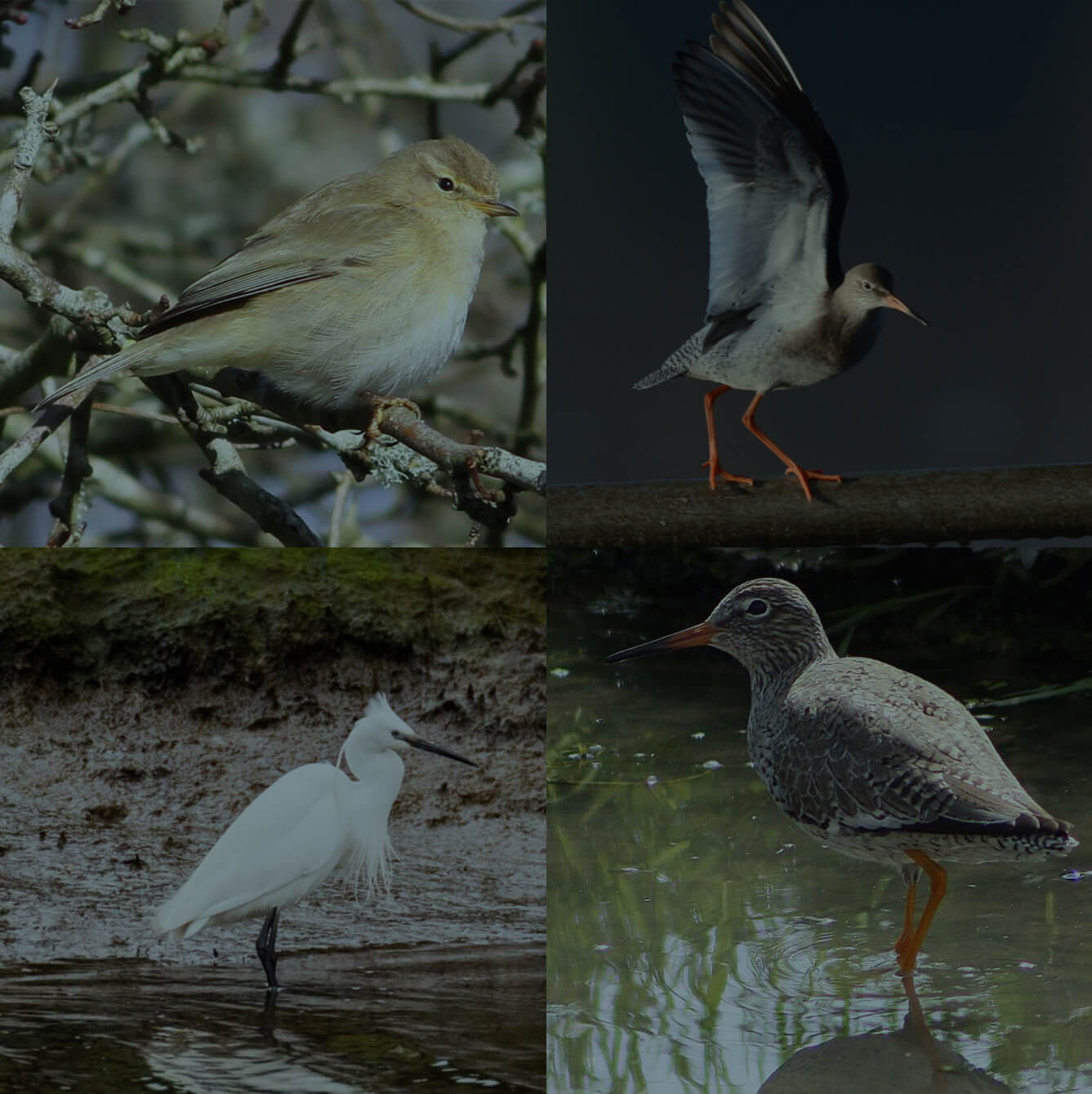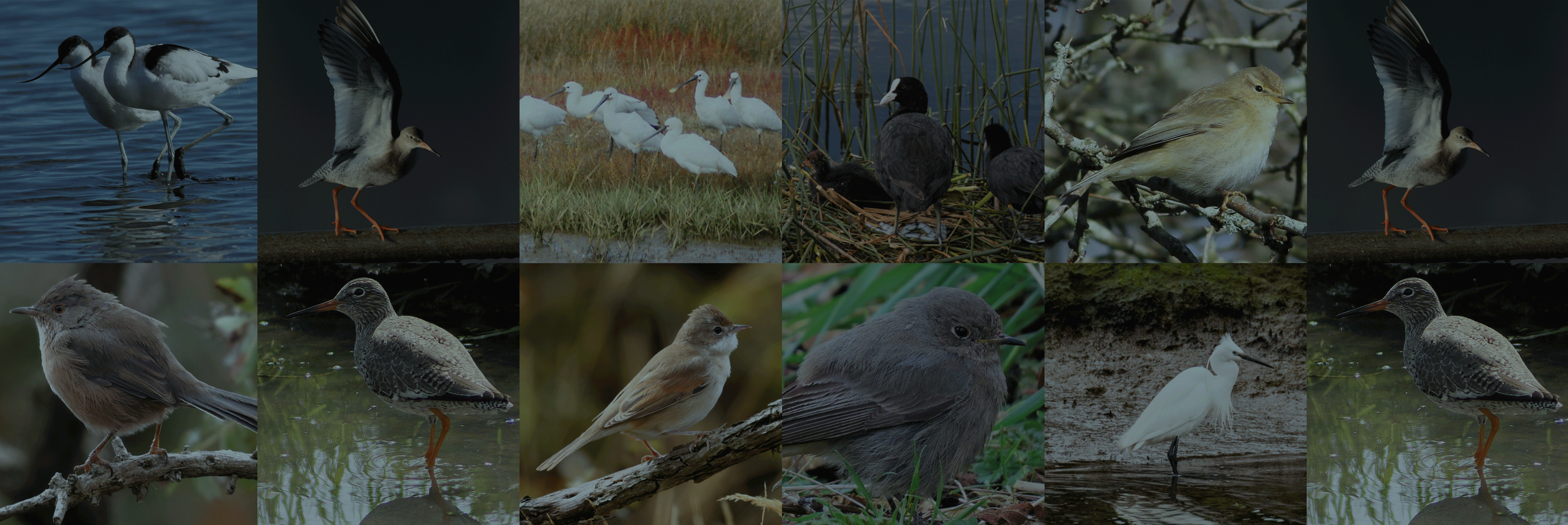Greenlands Farm and Godlingston Heath are owned and managed by the National Trust providing an exciting and different assortment of habitats within close walking range of each other. Greenlands Farm is a large openly grazed site consisting of pasture with several scrubby areas bordered by small sections of mixed woodland.
In spring, good numbers of Wheatear and Yellow Wagtail use the open grass areas whilst Whinchat, Redstart and Whitethroat can often be found in amongst the scrub. The variety of autumn passage migrants include Spotted and Pied Flycatcher along with Garden Warbler, Lesser Whitethroat, Tree Pipit, Ring Ouzel and occasionally scarcer species such as Melodious Warbler, Wryneck and Red-backed Shrike. Godlingston Heath is another rich and important heathland area of Poole Harbour with Dartford Warbler, Stonechat, Nightjar and Tree Pipit all present with Hobby and Merlin also regular during summer and winter respectively.
The whole site is vast with excellent footpaths and easy access off Ferry Road. A visit in spring or autumn could result in a healthy list of birds and with Brand’s Bay just a five-minute walk away, a whole morning’s birding could be enjoyed exploring a great mix of habitats.
Birding Info
This protected and sheltered corner of Studland is an excellent spring and autumn migrant trap with the area holding good numbers of birds through April and May and also August and September. Later in the autumn the ‘vis-mig’ (visible migration) season begins and through late September, October and early November many thousands of thrush’s and finches move along the Studland Peninsular on cold, clear mornings which can seen and heard overhead as they make their way down towards south Haven. The open pastures of Greenland’s Farm attract feeding migrants and can hold good numbers of Wheatear, Redstart, Yellow Wagtail and Whinchat through August and September.
Facilities
There are public toilets and a café in the Knoll Beach car park but out on Godlingston Heath and Greenland’s Farm there are only basic footpaths and cycle ways with no visitor infrastructure. Please stick to cycle ways and footpaths around these sites. The landscape is rich and incredibly beautiful and a visit to Agglestone Rock out on Godlingston Heath is an absolute must.
Parking
Parking for Greenland’s Farm or Godlingston Heath is best at the National Trust Knoll Beach or Middle Beach pay and display car park and then walking or cycling down to the main foot and cycle path access points which are sign posted from those car parks.


